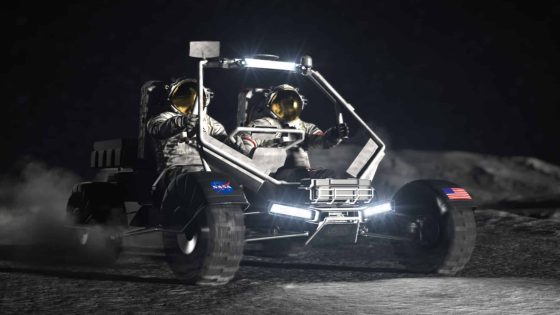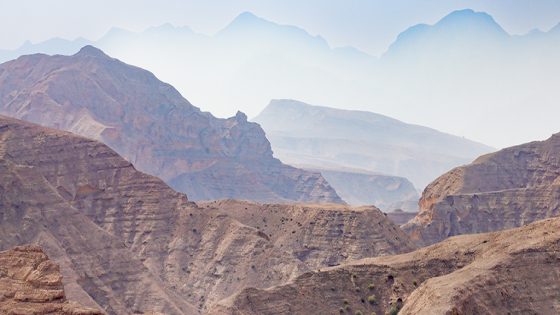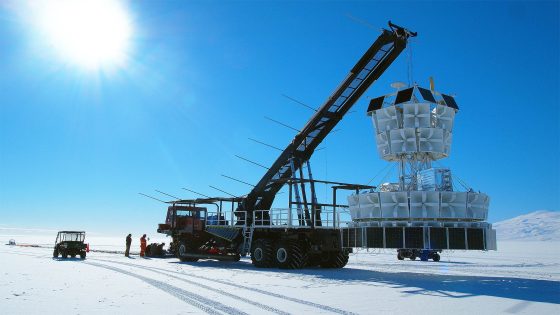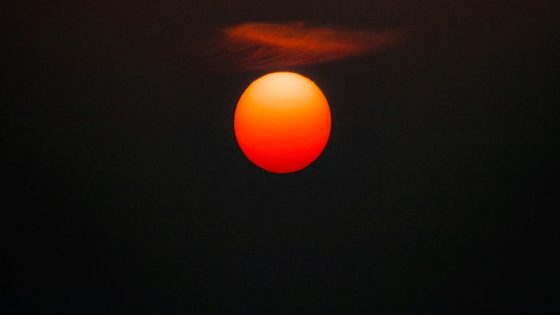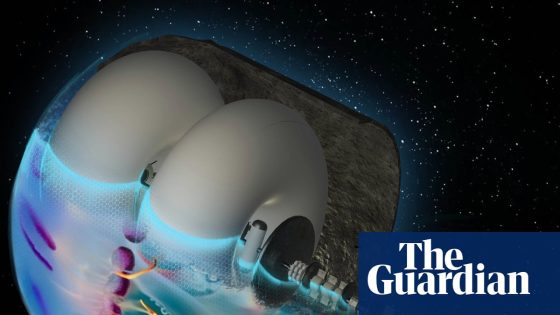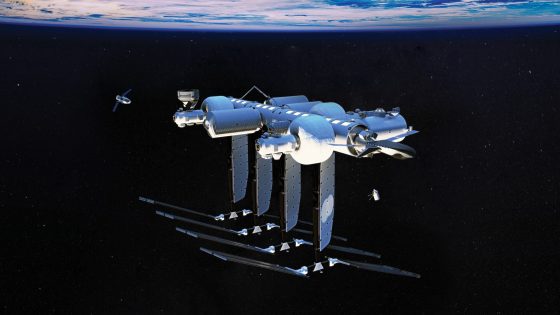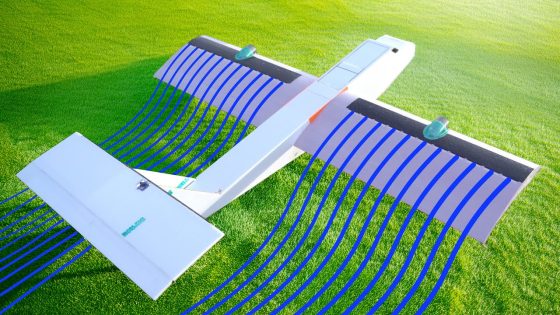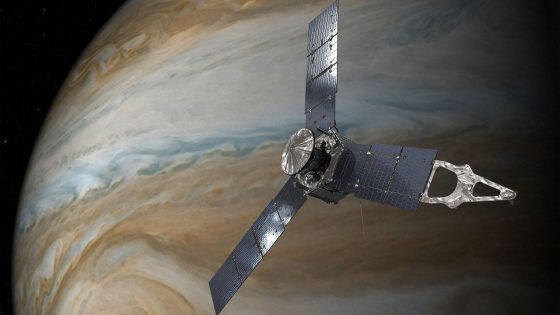NASA’s Artemis mission is set to revolutionize lunar exploration with the selection of three cutting-edge scientific instruments for the Lunar Terrain Vehicle (LTV). Announced on July 10, 2025, these tools will enhance our understanding of the Moon’s surface and subsurface, paving the way for future human exploration.
- NASA selects instruments for Artemis Lunar Terrain Vehicle
- LTV enables crew-driven and remote lunar exploration
- AIRES maps lunar minerals and volatiles
- L-MAPS explores Moon's subsurface structures
- UCIS-Moon provides orbital geological context
- Instruments support future Mars missions and habitation
The LTV will not only transport astronauts but also act as a mobile laboratory, equipped to gather critical data about lunar resources. This dual-purpose design emphasizes the importance of scientific discovery in conjunction with human space travel.
What can we learn from the Moon’s surface and subsurface? The instruments AIRES and L-MAPS will provide invaluable insights into lunar minerals and potential water resources. Key points include:
- AIRES will map lunar minerals and volatiles, focusing on water deposits.
- L-MAPS will explore subsurface structures, crucial for identifying resource-rich areas.
- Data from these instruments will inform future lunar habitation efforts.
As we look ahead, the insights gained from these instruments could not only reshape our understanding of the Moon but also serve as a foundation for sustainable human presence on other celestial bodies.



